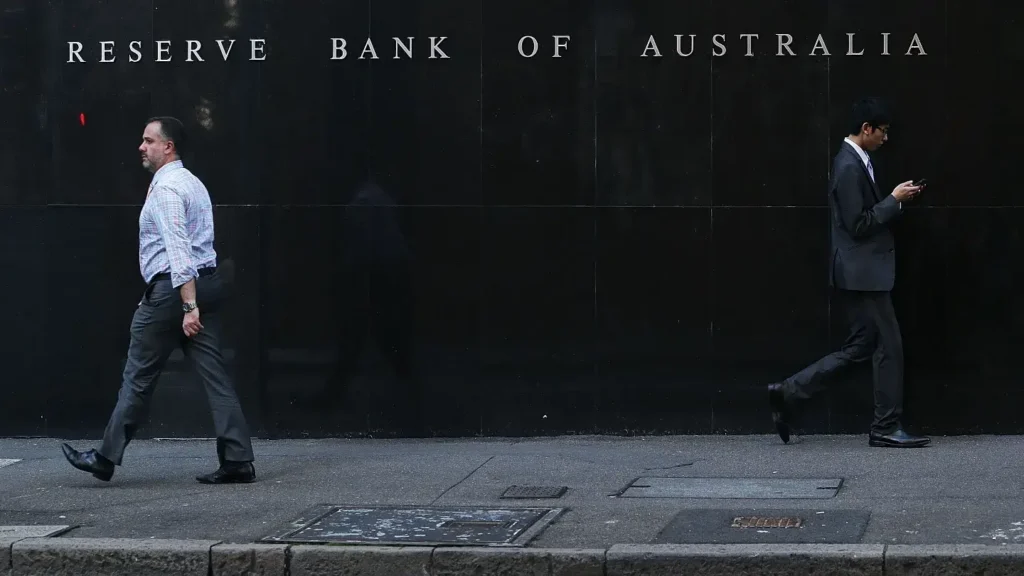Australia’s central bank, the Reserve Bank of Australia (RBA), contemplated the possibility of raising interest rates during its first meeting of the year. However, it ultimately concluded that maintaining the current stance was the preferable course of action. This decision was bolstered by a perception among board members that the risks associated with inflation not returning to the target range of 2-3% within a reasonable timeframe had diminished.

At its February 6 meeting, the RBA opted to leave its benchmark rate unchanged at 4.35%, which stands as a 12-year high. This decision was influenced by recent data indicating a cooling of inflationary pressures and reports of softer-than-expected job creation and consumer spending. Despite maintaining the status quo, the minutes of the meeting indicate a willingness to consider further tightening of monetary policy in the future.
Discussion among board members revolved around the forecasts provided by RBA staff, which suggested a potential easing of both inflation and labor market conditions over the coming year. However, it was emphasized that the board remains committed to taking necessary measures to bring inflation back within target parameters. The minutes underscored the importance of conveying that while inflation has moderated, it remains elevated, and the possibility of future rate increases cannot be definitively ruled out.
The meeting occurred against the backdrop of announcements from major central banks, including the Federal Reserve, signaling the conclusion of their tightening cycles. Despite this global trend, the RBA opted to maintain a cautious stance and refrained from ruling out the possibility of future rate hikes.
Governor Michele Bullock’s post-meeting communications adopted a relatively hawkish tone, diverging from the rate-cut speculation that emerged in other economies. This approach helped Australia avoid the destabilizing effects of heightened speculation and maintained relatively stable financial conditions domestically.
The case for a rate hike centered on concerns that inflation, particularly in service prices, could prove more persistent than anticipated. Additionally, the RBA highlighted the continued tightness of the labor market as a factor contributing to uncertainty regarding inflation containment. However, the potential impact of further policy tightening on overall demand and its subsequent cooling effect on consumer prices were also acknowledged.
Notably, the decision to maintain the current interest rate level does not preclude the possibility of future adjustments, either upward or downward, depending on economic conditions. Despite Australia’s benchmark rate lagging behind that of many other developed nations, the prevailing consensus among economists and financial markets suggests that the RBA’s tightening cycle is nearing its end, with expectations leaning towards potential future rate cuts, although not imminent.









